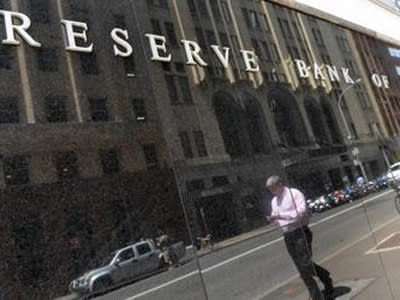RBA cuts interest rates by 25 basis points
The Reserve Bank of Australia has dropped the Grinch's outfit to spread some Christmas cheer by cutting the key interest rates by 25 basis points to three per cent - the lowest level since April 2009, at the height of the global financial crisis.
In its last Board meeting for the year today, the central bank heeded the appeals from struggling retailers after figures released by the Australian Bureau of Statistics (ABS) showed retail spending remained stagnant in October.
Official figures also showed consumers were planning to keep their wallets and purses firmly shut during the Christmas season, prompting RBA to ease rates.
Rising unemployment, falling resource investment, weaker economic growth and a high dollar were all factors weighing on the RBA.
However, borrowers are not likely to see much relief, with the Australian Bankers Association warning that banks are unlikely to match any move by the central bank.
Bank under fire
The RBA has cut the cash rate by 1.5 percentage points since November 2011 but it kept it on hold at 3.25 per cent in November, inviting criticism.
Find out how to take advantage of an interest rate cut
Some economists believe the central bank has moved too slowly to stimulate a weakening economy.
Market Economics managing director and former Gillard government advisor Stephen Koukoulas took to Twitter to criticise the central bank and call for a larger than normal rate cut on Tuesday.
"They have really misread things this year," he tweeted.
"RBA has only cut 25bps since June - despite hard evidence of below trend growth. Obviously it should go 50 (basis points or half a percentage point) tomorrow."
Retailers feel the pinch
The ABS figures showed household goods retailers fared worst in October, with sales down 1.6 per cent, while cafes, restaurants and takeaway food services experienced a 0.3 per cent drop.
Department stores and clothing stores also saw their sales drop 0.1 per cent.
Food retailers were the only sub sector to record sales growth during the month, with spending up 0.9 per cent.
Conditions were worst in the Australian Capital Territory and Tasmania (down 2.2 per cent and 1.9 per cent respectively) and strongest in the Northern Territory and Western Australia (up 1.5 per cent and 0.9 per cent respectively).
The RBA has also been managing expectations about the longevity of the mining boom in recent months, and recently warned that the resources boom will peak earlier than expected.
With the mining boom slowly depleting, the RBA needed to lower rates to ensure that other areas such as business investment, housing construction and retail spending fill the growth gap.
In its most recent statement on monetary policy, the RBA downgraded its outlook for the Australian economy and put growth as "a little weaker" at just below 2.75 percent in the year to June 2013.



